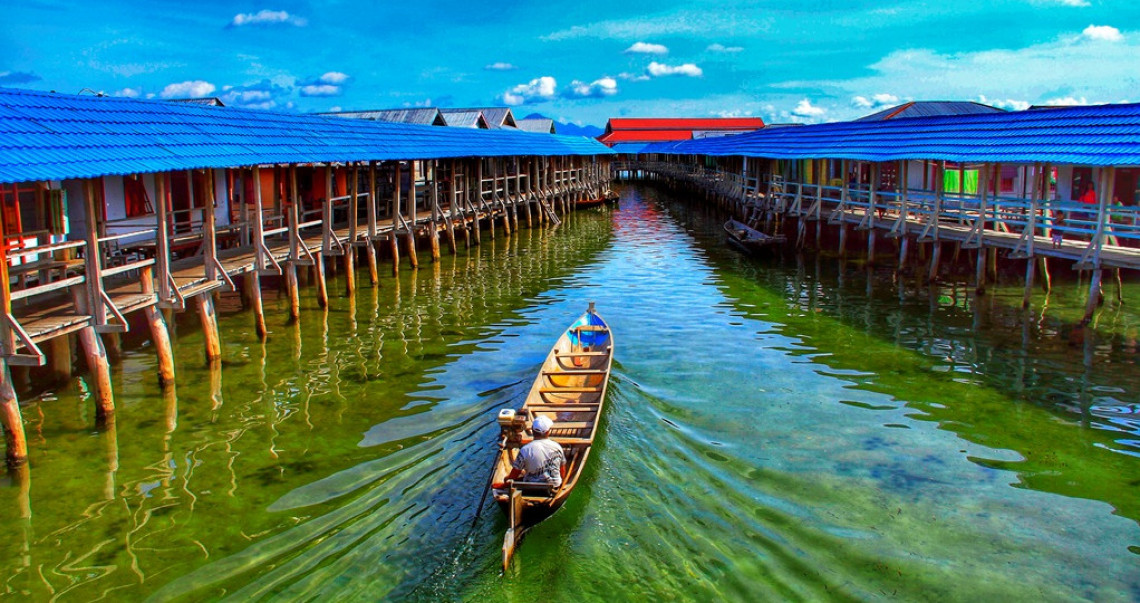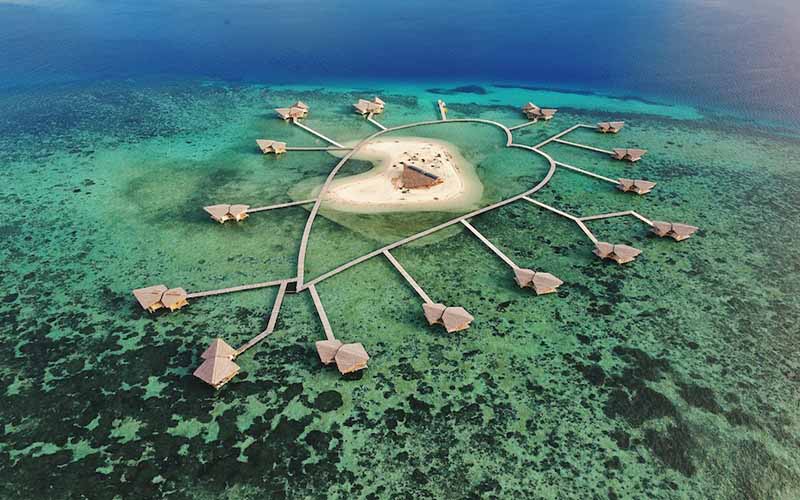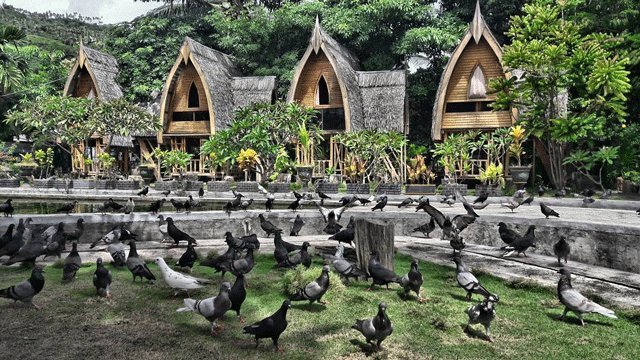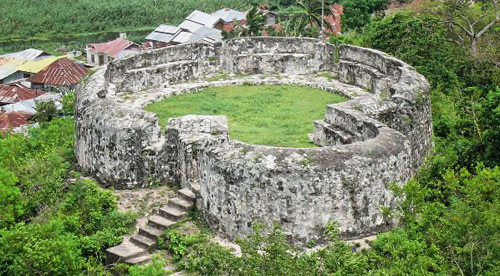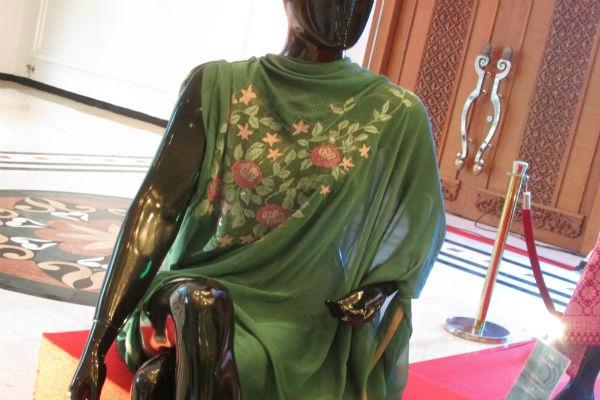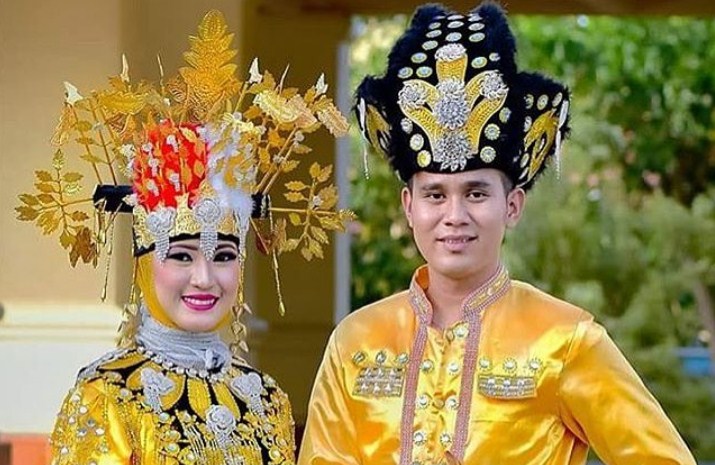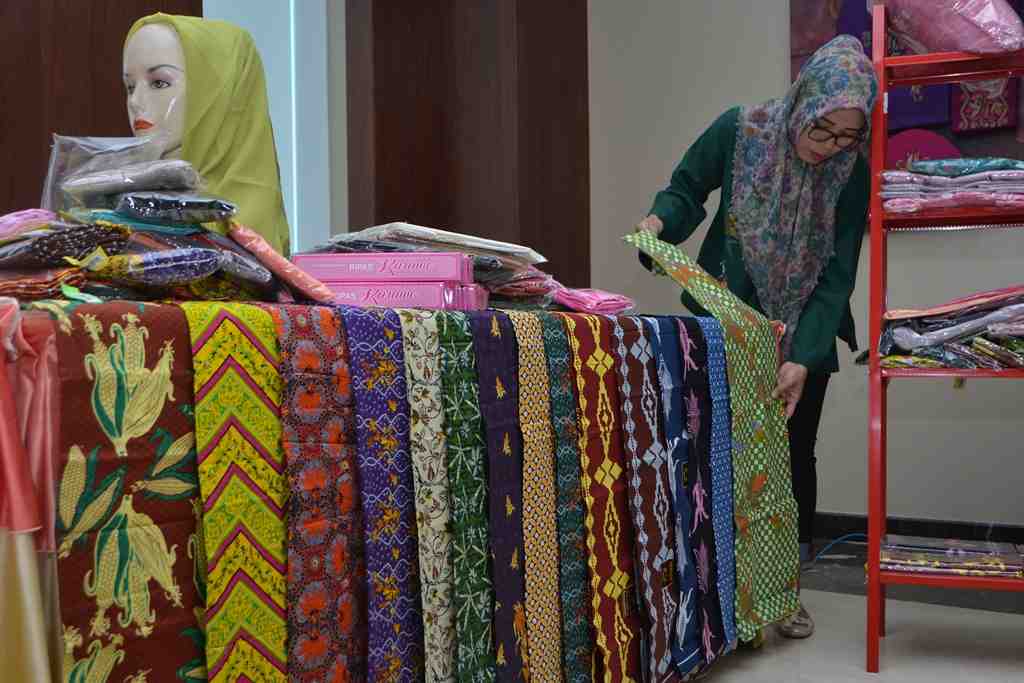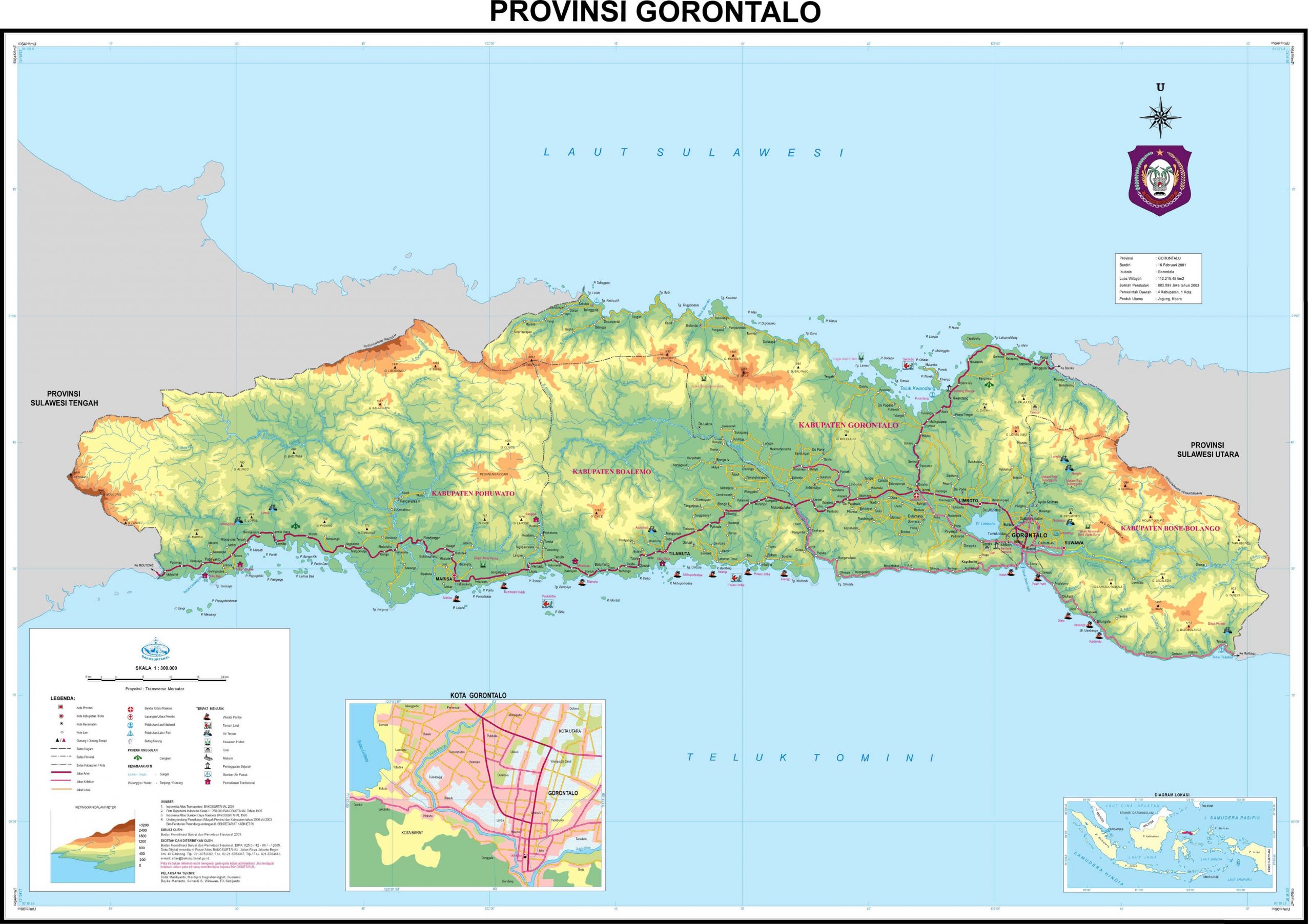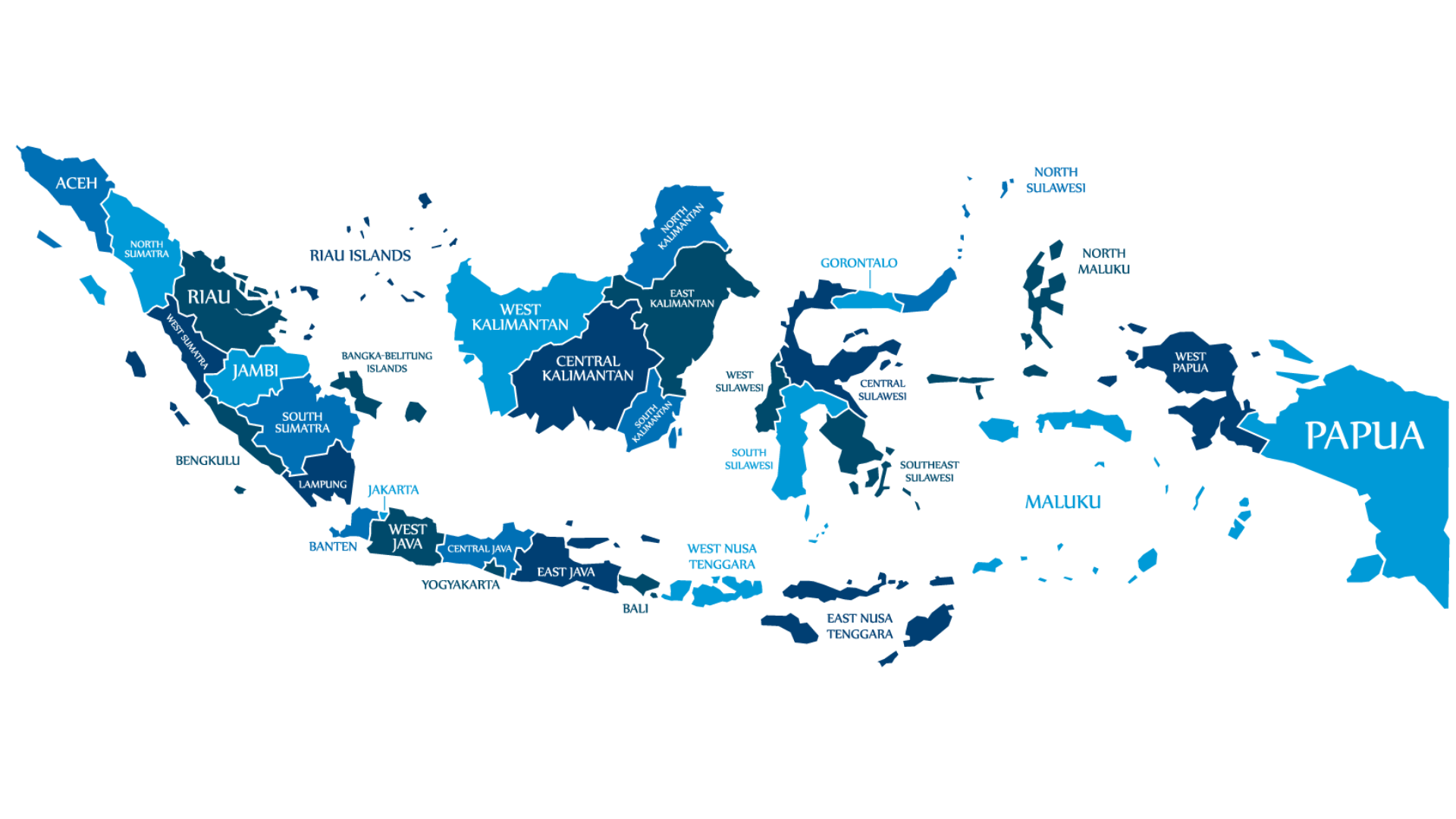Home / Batik Regions – Central Indonesia – Sulawesi Island – Gorontalo
Facts of the region
Discover Batik in Gorontalo
Gorontalo’s unique Batik is characterized by the Karawo embroidery on top of Batik patterns (photo: Kompas)
The Karawo embroidery on a shawl (photo: Satu Harapan)
The shape of Gorontalo’s traditional crown becomes one of design inspiration to create Karawo embroidery and Batik pattern (Photo: @Berbol)
The Revival of the Lost Heritage
Gorontalo Batik is created from the results of acculturation between batik and karawo embroidery. Since the 16th Century, the Gorontalo community developed its own textile heritage, namely Karawo embroidery. Many local traditions were abolished by the colonials during 17th-19th Century. Only the Karawo embroidery tradition that was safeguarded by the women community who escaped from the invasion and lived in the forest. They practised the tradition and transmitted the knowledge from generation to generation. Recently, thanks to the exchange of Javanese Batik producers and the local batik artisans, the Gorontalo community developed their own Batik motifs based on the existing Karawo patterns.
Socio Cultural Values of Textile Heritage in Gorontalo
Gorontalo Batik motif is inspired by the agrarian society. The corn and fish as the main commodity of this province, are mostly found in Gorontalo Batik textiles. In 2010, Gorontalo Batik was popularised by Arfa Hamid, a local artist who introduced the combination of batik cloth with Gorontalo’s typical Karawo embroidery. Reflecting Gorontalo’s harmonious society, the fame and the elegance of Gorontalo’s batik are gradually spread throughout Indonesia.
Gorontalo traditional clothes also have inherent philosophical value based on each color, namely:
- Red symbolizes a sense of courage and responsibility,
- Green symbolizes prosperity, fertility, and peace.
- The golden yellow symbolizes loyalty and honesty, and
- Purple symbolizes authority.
Batik Motifs in Gorontalo
Batik Villages in Gorontalo
local batik workshop
Batik villages are the region where the Batik producers mostly reside. You could buy the Batik textiles from the artisans and participate in the making process of Batik on the site.
GorontAlo
Visual Journey
in 1 Minute
Karawo Embroidery Production in Gorontalo
Karawo Embroidery/Batik Fashion Show in Gorontalo
Valley of the Noble Warriors
GorontAlo
The Bubohu cultural village is the authentic historical village of Gorontalo, which has been preserved for centuries (photo: Dynamo Media Network)
About Gorontalo
Gorontalo City is one of the old cities in Sulawesi besides Makassar City, Pare-pare and Manado. This city was the center of education and trade thanks to its strategic location that is near Tomini Bay and the Sulawesi Sea in the ancient time. Gorontalo Province is rich in cultural treasures, as its 30 cultural traditions have been denominated as Indonesia’s national intangible cultural heritage. Some of the traditional arts are Dana-Dana dance, Dulohupa traditional house, and Gorontalo traditional clothing.
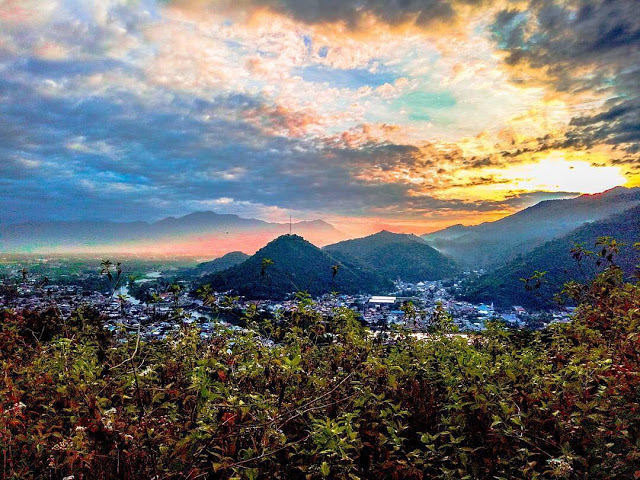
Facts about Gorontalo
Gorontalo Province is located in the Sulawesi Island. The capital of Gorontalo province is Gorontalo city. The province is bordered with Central Sulawesi Province to the West and North Sulawesi Province to the East, Sulawesi Sea to the north, and Tomini Bay to the south. The overall area of Gorontalo Province is 12,435 km2 with a population of 1,133,237 people (2016). The majority of the population is Muslim (97.38%) and Christian-Protestant (1.94%).
Layang Hill is an iconic natural landscape in Gorontalo, which also serves as a camping tourism site (Photo: @explore_gorontalo).
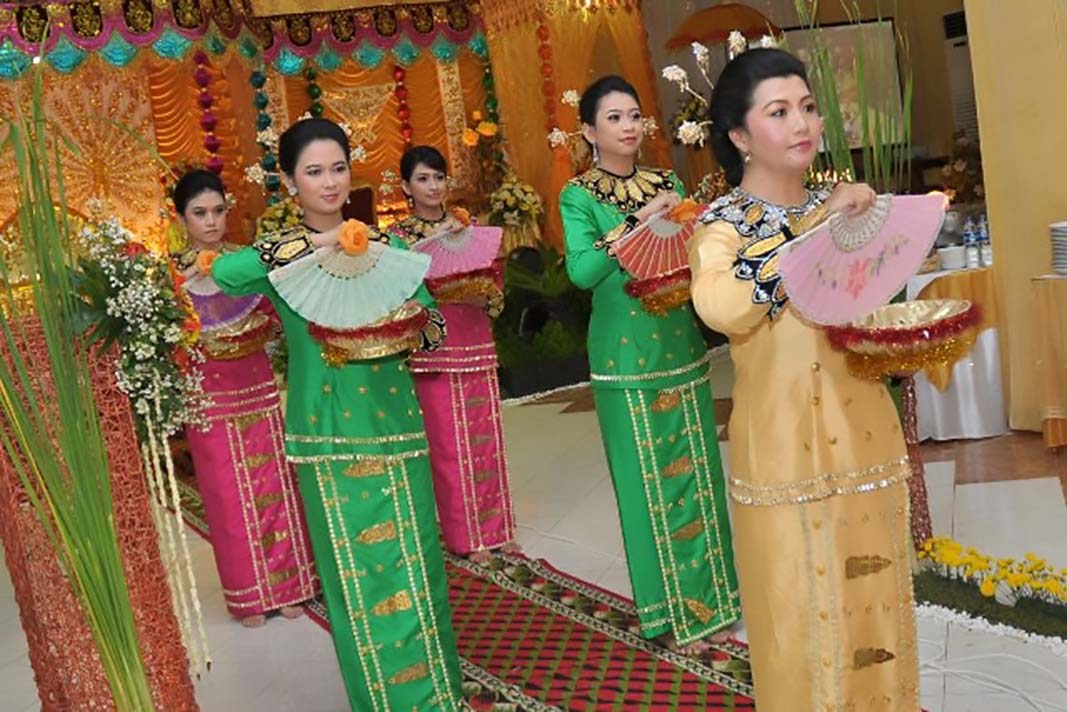
Highlights on Culture
Gorontalo Province is inhabited by 5 Ethnics which are united in the family system, called Pohala’a. Each ethnic also formed small kingdoms that were established since the 16th century. Those family kingdoms are Pohala’a Gorontalo, Pohala’a Suwawa, Pohala’a Limboto, Pohala’a ‘a Bolango, and Pohala’a Atinggola.
in ancient times, Gorontalo was one of the biggest Islamic centers in Eastern Indonesia beside Ternate and Bone.
One of the intangible cultural heritage preserved by the local community is the Saronde Traditional Dance. This traditional dance is performed in the sacred ritual and local ceremonies (photo: Kamera Budaya).
Tourist Attractions in Gorontalo
